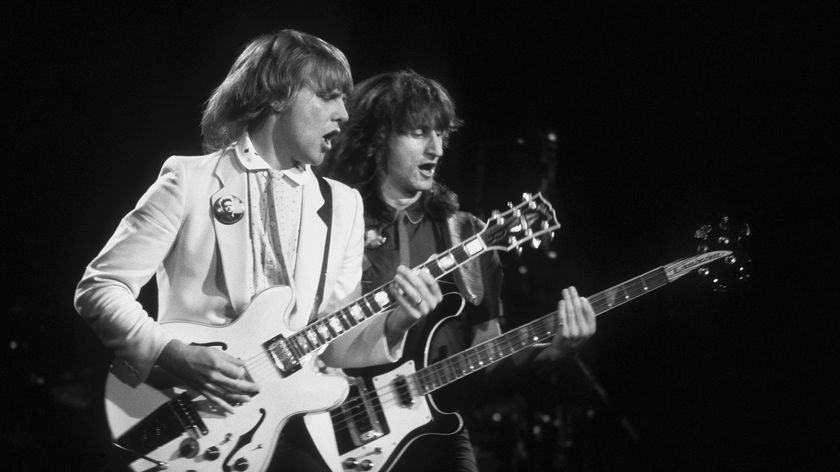JHS Pedals resurrects the Ross Electronics brand and relaunches it with five new pedals – and a documentary
The Ross Chorus, Compressor, Distortion, Fuzz and Phaser are based on classic designs and each share a simple two-knob setup and switchable modes
JHS Pedals has announced the return of a Ross Electronics, unveiling five new guitar effects pedals inspired by cult classic designs, and shooting a documentary that tells the story of the brand and celebrates the legacy of its founder, the entrepreneur and inventor Charles “Bud” Ross.
Not all of Ross’s innovations were associated with the guitar amp or the effects pedal. He also invented the hand-held police radar. But he would be best known in these here circles for Kustom Amplification and Ross Electronics’ range of effects pedals.
When Ross died on 10 March 2018, many of his pedal and amp designs had attained a cult appeal. There were the Credence heads who jonesed after a Kustom 200A. Unlike most sought-after vintage amps, this was solid-state, not tubes, and both Tom and John Fogerty played through them during CCR’s heyday.
The Kustom is not coming back, at least not today, but it is after a fashion, with its circuit inspiring one of the pedals that JHS Pedals supremo Josh Scott has designed for this relaunch.
The project to bring Ross Electronics back dates back to 2020, when Scott approached Cameron Ross, grandson of Bud, and suggested they go into partnership and bring the brand back. The pedals would be made at JHS Pedals’ Kansas, Missouri headquarters.
A big part of the process would be telling the Ross Electronics story. The brand has a certain name recognition among pedal geeks but it’s spotty. Some might know it for the grey box compressor pedal that was famously gave Phish’s Trey Anastasio the lift and sustain his tone needed.
The Ross Electronics site picks up the story of Anastasio’s compressor. In 1993, he pinched a ‘70s unit from from Phish bassist and founder Michael Gordon’s pedalboard and made it his own.
Get the MusicRadar Newsletter
Want all the hottest music and gear news, reviews, deals, features and more, direct to your inbox? Sign up here.
He made it a cult item too, so much so that when he took it off his ‘board in 2002 the internet got to work, and a group calling themselves the People For A Compressed Trey bought him a replacement in 2008. You could not make it up.
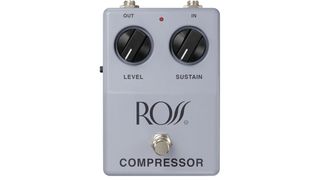
And yet, here we are. You can now buy an “Era 2” grey box Ross Compressor, brand new, with the same OTA-based compressor circuit, albeit this one will have a newly reduced noise floor, soft-switching, with jacks relocated to the top of the unit and a side-mounted button to choose between Vintage and Bright modes.
The Vintage mode perfectly replicates the original, with the latter Bright coming in handy if you need to administer some smelling salts to your tone when your amp or pickups are a little dark or muddy.
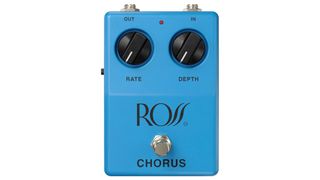
Again, you have a simple two-knob control setup. Level controls the volume. Sustain controls the compression. Turn clockwise for more. Easy.
The Ross Chorus continues in this theme. An all-analogue bucket-brigade chorus pedal (with a V3207 chipset, FYI), it presents us with controls for Rate and Depth. Rate controls the speed of the LFO, Depth… its depth.
Basically, turn it clockwise for more intense, headier sounds. This time, the side-mounted button selects between Chorus and Vibrato modes.
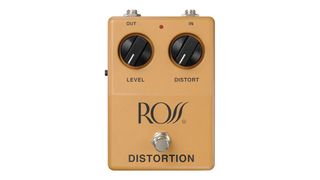
No one is going to get bamboozled with the Ross Distortion. This is an op-amp hard-clipper that is likened to the Rat, the DOD 250 and the MXR Distortion Plus. Here you have controls for Level and Distort, with the side-mounted button toggling between an “Era 2” germanium mode and “Era 3” silicon.
This, says Ross Electronics, can be the sort of dirt box that can be pressed into service in a variety of ways but “it excels at creating natural tube-like distortion and pushing your amplifier into natural breakup”. A distortion pedal for all seasons, then.
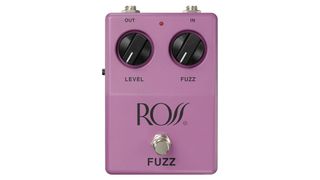
Next up we have the purple-box Ross Fuzz. You won’t find a vintage precedent for this one because JHS took the circuit for this out of the Kustom amps that Bud Ross made and adapted it for an all-new fuzz pedal.
You might recognise the Kustom amps’ finish, that “tuck ’n’ roll” padded finish that made it look like upholstery. Everyone knows how they sound, thanks to CCR’s John Fogerty deploying them in his backline.
Level controls the volume, Fuzz controls the gain, the button toggles between Vintage and Modern voicings, with the latter adding bass, gain and oomph.
In an era when so many new fuzz boxes are cloned from Muffs, Tone Bender and Fuzz Faces, this might be a neat off-menu choice.
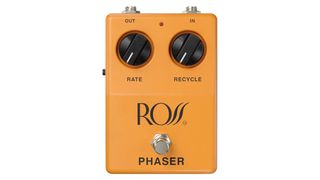
Finally, we have that most traditional of pedal pairings, a phaser housed in an orange enclosure. This, again, is a repro of an old OTA-based Ross phaser circuit and it has controls for Rate and Recycle, aka feedback. The button on this occasion chooses between a classic analogue phaser mode and a late ‘60s Shin-Ei-esque Uni-Vibe.
The new Ross Electronics line is available now, priced £/$189. For more information, head over to Ross Electronics, and check out the documentary at the top of the page.
Jonathan Horsley has been writing about guitars and guitar culture since 2005, playing them since 1990, and regularly contributes to MusicRadar, Total Guitar and Guitar World. He uses Jazz III nylon picks, 10s during the week, 9s at the weekend, and shamefully still struggles with rhythm figure one of Van Halen’s Panama.
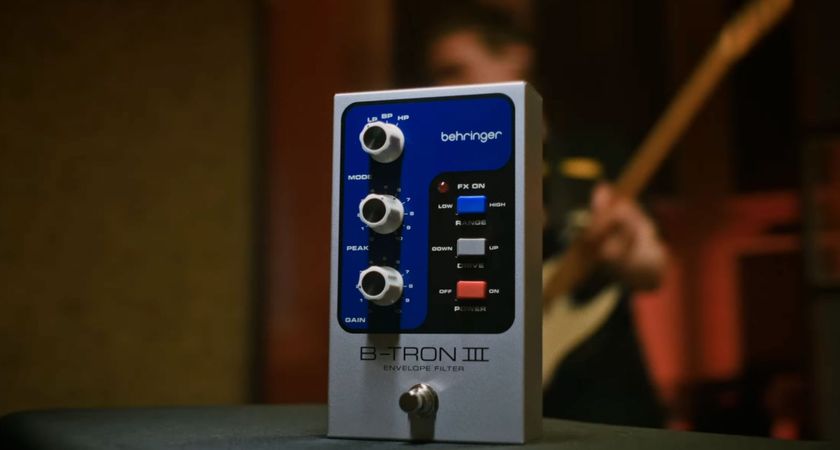
“This thing is your one-way ticket to funky town”: Behringer’s long-awaited Mu-Tron III clone arrives and promises a rabbit-hole of retro-funk tones for just $69
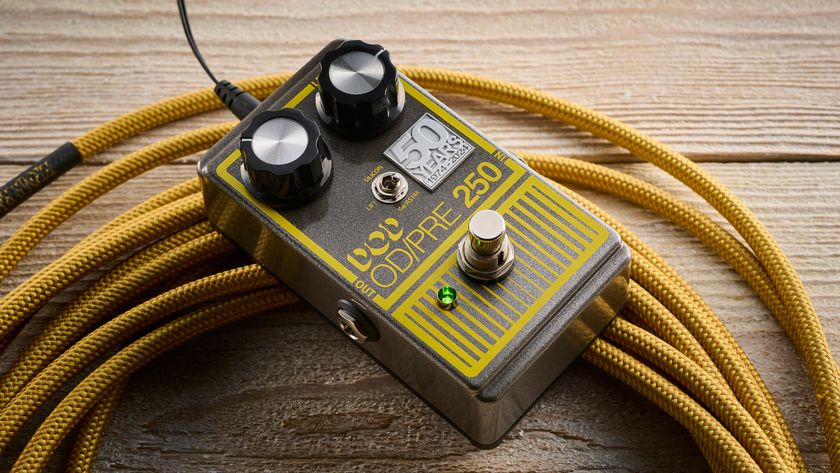
“Surely the most versatile version yet, putting different flavours of gourmet crunch on the menu”: DOD 250 Overdrive/Preamp 50th Anniversary review
Most Popular






